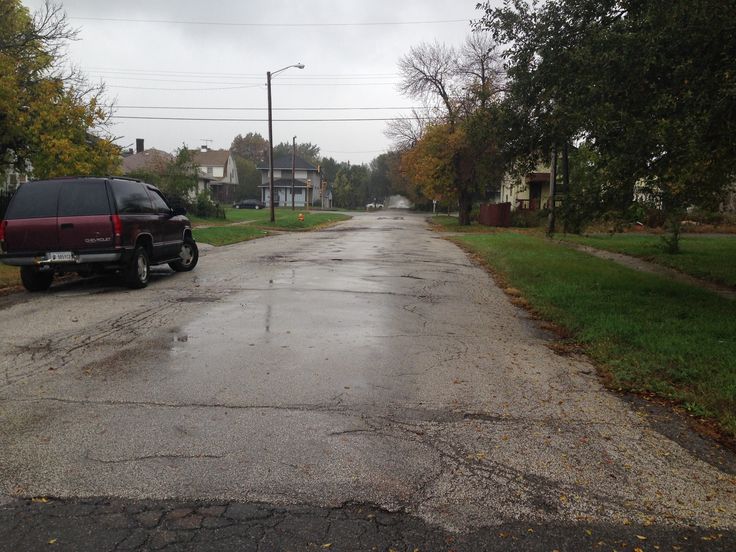
The job is nowhere close to being done.
Good News: Just before Members of Congress headed back to their districts for the Memorial Day recess, they managed to pass much-needed funding for America’s aging infrastructure system.
Bad News: The funding expires on July 31.
Yay?
Here’s the deal: There was enough money in the Highway Trust Fund to keep it going through the end of July, so Members simply voted to spend it on infrastructure projects. But after July 31, there is no more money — and Congress will finally have to figure out how to fund infrastructure over the long-term.
Then again … maybe not.
It looks like there will be yet another short-term extension, possibly to keep the fund going through the end of the year, giving Congress more time to figure out how to come up with the billions of dollars needed to rebuild and repair the country’s aging infrastructure system.
And while Members of Congress have put forth a number of suggestions to fund infrastructure — raising the gas tax and enacting comprehensive tax reform among them — there is no clear path for getting the job done right.
Here at the Alliance for American Manufacturing (AAM), we haven’t taken a stance on how best to fund infrastructure. But as we have (repeatedly) pointed out, by not taking action Congress is leaving jobs on the table and hurting America’s global competitiveness.
Our infrastructure now ranks 16th among our major trading partners, and that makes it difficult for manufacturers to get their goods to market. Underinvestment in infrastructure has cost more than 900,000 jobs.
But more than 21,000 new jobs would be created for every $1 billion we invest in infrastructure. A long-term plan worth $114 billion a year would create more than 2.5 million jobs.
It’s really a no-brainer.
If you’re looking for something hopeful in the infrastructure debate, know that the pressure is mounting on Congress to actually get something done.
Vice President Joe Biden and Transportation Secretary Anthony Foxx have been among top officials pushing infrastructure, and an eclectic mix of organizations also have been actively advocating for significant investment.
For example, the AFL-CIO and the U.S. Chamber of Commerce — two groups who don’t tend to get along on policy issues — were among the lead sponsors of Infrastructure Week 2015, which wrapped up on May 15. More than 75 affiliate groups (including AAM!) also took part in the national advocacy effort.
Meanwhile, the tragic Amtrak derailment in Philadelphia earlier this month has drawn additional attention to the nation’s infrastructure needs. While it is still too early to conclude what caused the crash, the incident prompted immediate discussion both on and off Capitol Hill about the need to properly fund all our infrastructure, from roads and bridges to railways, ports, and airports.
